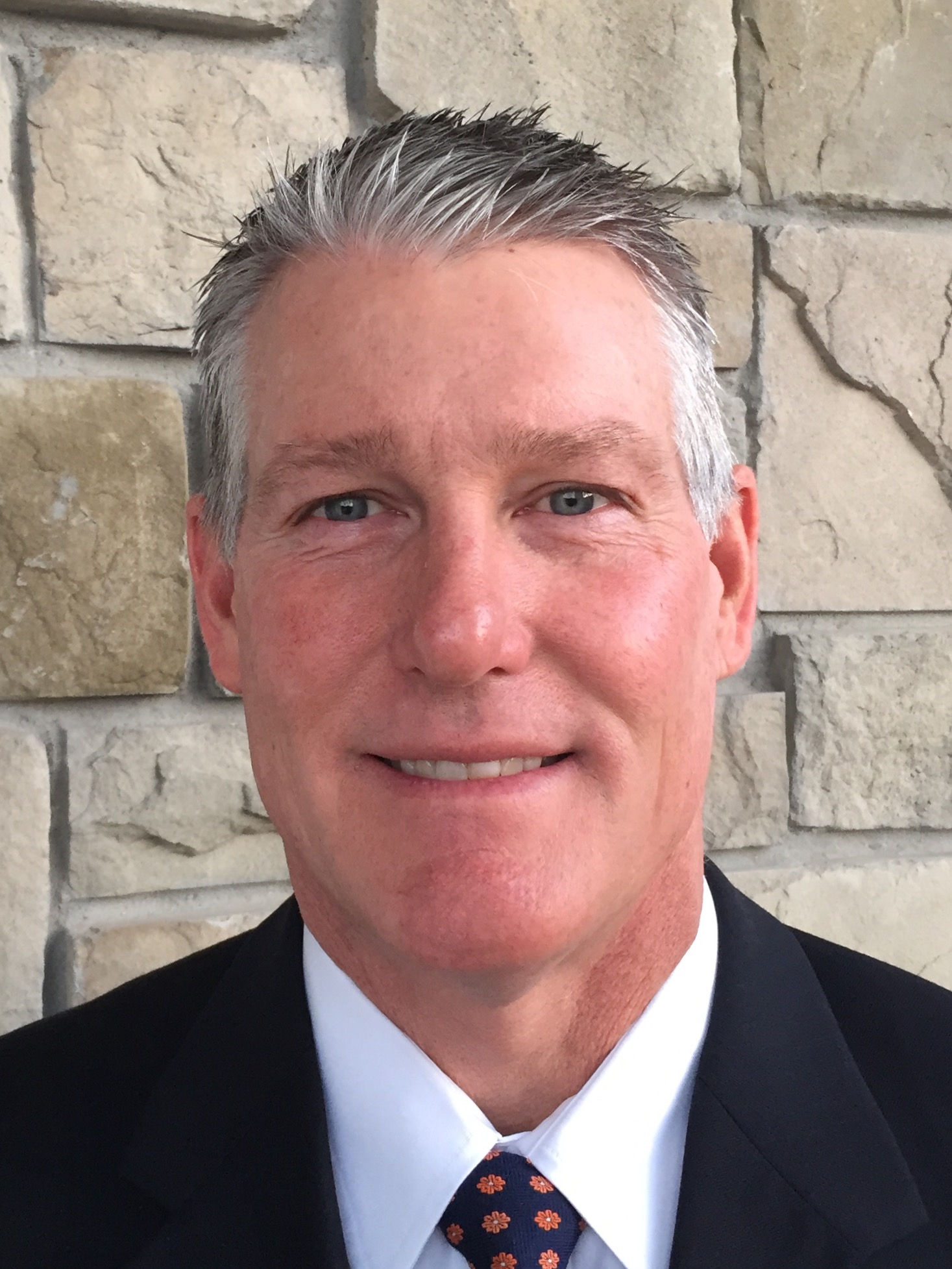Many people infected with COVID-19 are unaware they have it. Some may eventually get symptoms, while others never do. It’s why physical distancing is crucial to reduce infection rates and lessen the burden on overtaxed health care systems. So, how do you know if you’ve come in contact with someone who was diagnosed with COVID-19?
You’ll get a call. Here’s how it works.
When a person meets the necessary criteria to get tested for COVID-19, they will self-quarantine while awaiting results. If the test is positive, the individual’s health care professional reports the diagnosis to local county health officials, where they activate an infectious disease response group. The group has experts trained in epidemiological sleuthing to find out how the individual contracted the virus, and who they may have infected. A person is at risk if they were less than 6-feet away from the infected individual for 15 minutes or longer.
“They’ll ask the person when they started feeling sick, when they were symptomatic, and narrow down a timeframe for who could have been exposed,” said Jeff Graviet, director of the University of Utah Emergency Management Services. “If someone went to work, it’d be easy to say, ’I worked with so and so, then I came home to my three kids and wife. We didn’t go out anywhere.”
Once identified, the group assesses who is at a low, medium or high risk of complications from the disease. They notify these individuals, beginning with the highest risk folks. The caller will typically say that you’ve been in contact with someone confirmed with COVID-19 and you should do the following: self-isolate for at least 14 days and if you feel symptoms, call your primary care physician. Your physician may recommend that you get tested, but not everyone will be able to get tested due to limited availability.
The U is taking its campus’s safety seriously. The U’s coronavirus website has the latest news about the disease. People who have tested positive for COVID-19 or are waiting on results can self-report online here. When somebody self-reports, the U works to make the connection to the campus community and the health officials.
“Where there’s a positive case, we get the areas they’ve been cleaned and disinfected, and work with the unit manager quickly. The consummate vice president takes the right steps to move staff out of harm’s way, self-isolate them, make sure they’re not becoming symptomatic,” said Graviet.
Graviet meets with President Ruth Watkins and her cabinet ever day to assess new information and make hard decisions for the wellbeing of the campus.
“Our leadership is doing a phenomenal job making critical decisions that are impacting thousands of people, doing it conscientiously, with an abundance of caution, and doing it with the safety of the campus community in their mind.”
